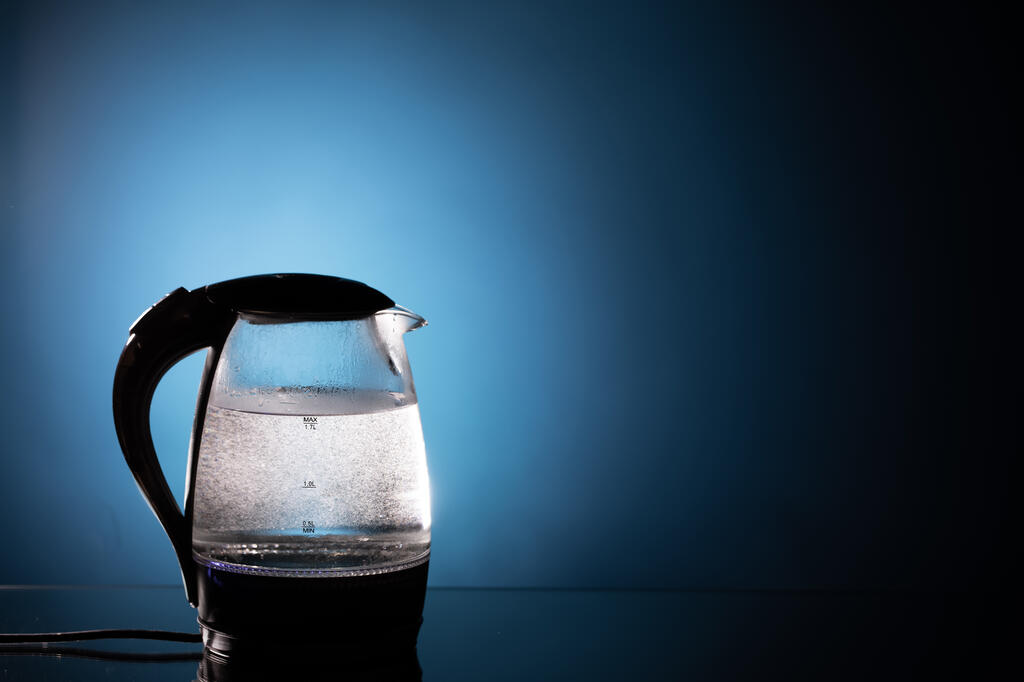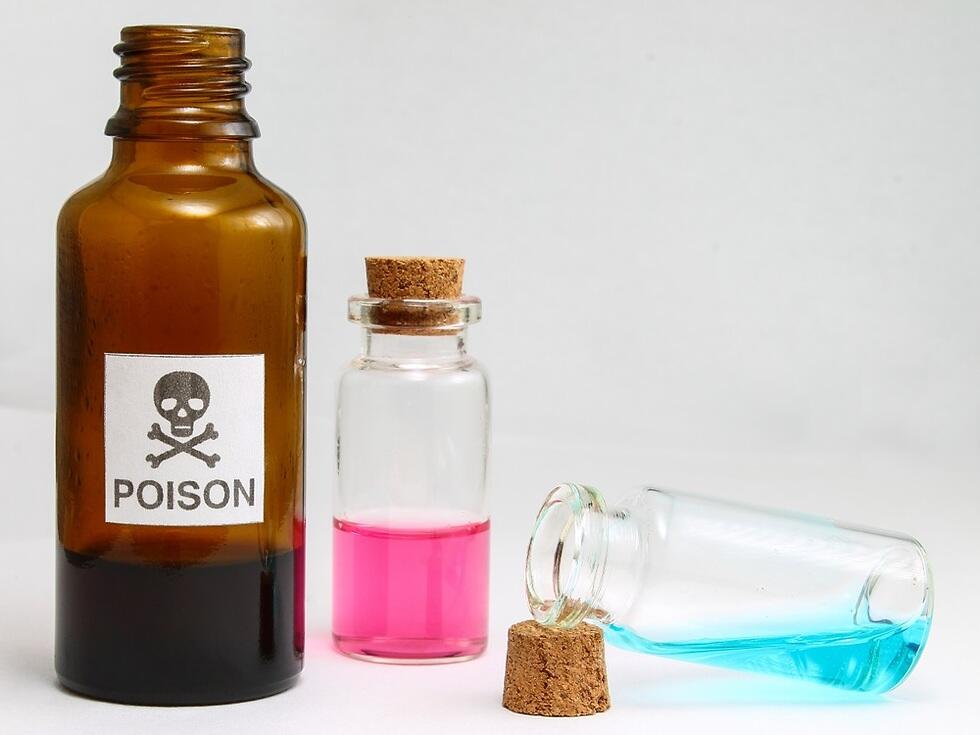Getting your Trinity Audio player ready...
Every so often, warnings resurface about the dangers of boiling water a second time. These claims, often accompanied with a detailed explanation that re-boiled water leads to the accumulation of dangerous and toxic substances. This assertion is often cloaked in scientific jargon, invoking terms like "chemistry" and citing compounds such as arsenic, fluoride, and nitrates.
More stories:
Yes, boiling water is an effective way to eradicate most bacteria and potential pathogens, which is why we specifically boil water for babies. But is there any truth to the claim that dangerous substances accumulate in water upon second boiling?
Broadly speaking, the answer is a reassuring 'no'. When water boils, the primary process at play is evaporation. In this, water molecules transition from a liquid to a gaseous state. The water doesn't transform into another substance or into some toxic brew. As long as one uses appropriate utensils, there's no reason for a significant increase in any harmful substance beyond its initial concentration.
On the other hand, it's not entirely unfounded to say that repeatedly boiling water can lead to increased concentrations of certain substances. When water boils, the steam that rises consists of water molecules that depart from the boiling vessel. Most other substances, such as salts, metals, and compounds, typically remain in the boiling vessel in the exact same original quantity.
With continued evaporation, these substance concentrations increase. For instance, if half of the water evaporates, the amount of salt remains constant, effectively doubling its concentration in the remaining water. This principle applies to substances in the boiling water with boiling points higher than water, including potential toxin substances such as heavy metals that are present in drinking water in trace concentrations.
A matter of dosage
It's crucial to distinguish between the fact that substance concentration in water rises with extended boiling and the assertion that prolonged boiling is detrimental to health.
Every substance can be toxic if consumed in a high enough quantity. At certain dosages, even vital substances for us like water or oxygen can endanger us, so the debate should be more quantitative. For most compounds in drinking water, a defined maximum concentration exists above which prolonged daily consumption becomes risky. These guidelines can usually be accessed on health ministry websites, such as the list on the Israeli Ministry of Health's website.
To gauge potential risks, consider your local water quality report. This will provide initial substance concentrations, enabling you to deduce how much evaporation is required before reaching dangerous limits. For illustration, let's use the 2014 chemical report from Israel as an example: arsenic levels in drinking water ranged from 0.5-1.2 micrograms per liter, while the recommended limit was 10 micrograms per liter. These numbers suggest that for the drinking water in Israel in 2014 to have been hazardous for health, the arsenic levels would have had to be concentrated tenfold during boiling.
To obtain an unsafe fluoride concentration in a cup of water, one would need to reduce roughly two and a half liters to just that cup.
To put this in perspective, if you begin with 250 ml of water (about a cup), and you wish to have arsenic levels surpass the recommended concentration, you would start with approximately two and a half liters and evaporate until only a cup of water remains.
Similarly, with fluoride, the scenario is comparable. To obtain an unsafe fluoride concentration in a cup of water, one would need to reduce roughly two and a half liters to just that cup. While slightly less, still, reducing half a liter to one cup would be beyond what most would reasonably do.
Also, consider that significantly reducing even half a liter to 250 ml requires extensively prolonged boiling. Most electric kettles are designed to boil briefly before automatically shutting off, meaning minimal evaporation occurs during this short interval. Thus, re-boiling water multiple times in such devices won't produce harmful concentration levels.
Consequently, we can assert with confidence that re-boiling water is generally safe. However, if you boil vast amounts of water down to minuscule quantities and consistently consume this over extended periods, then there could be potential health risks.




